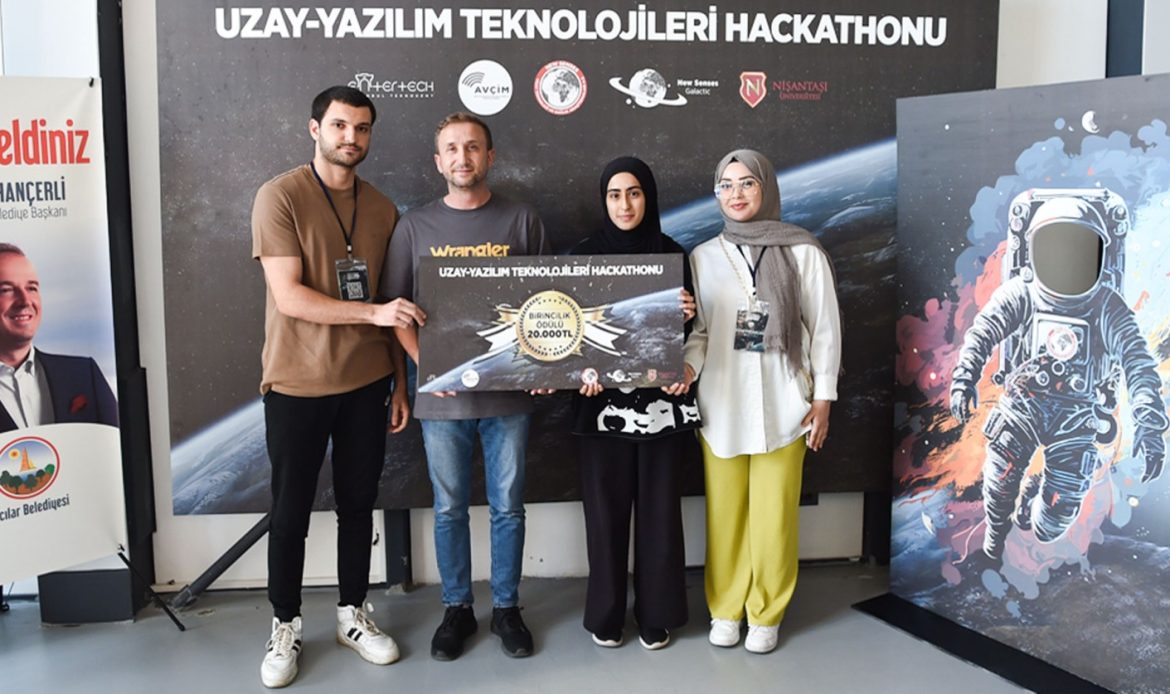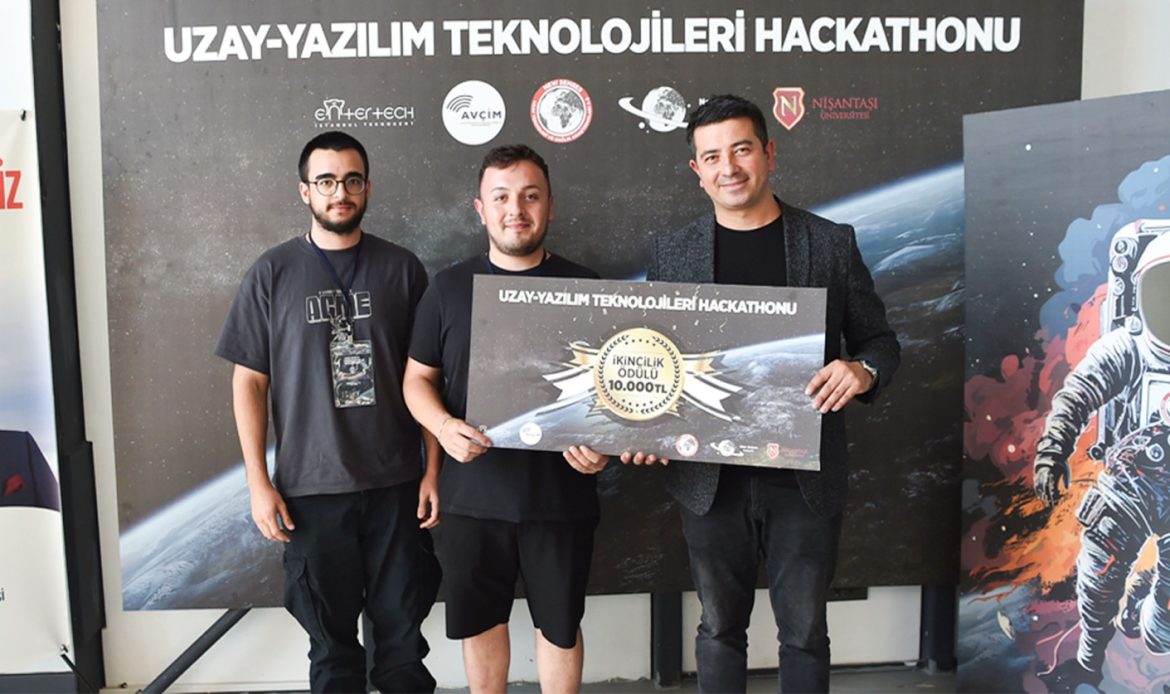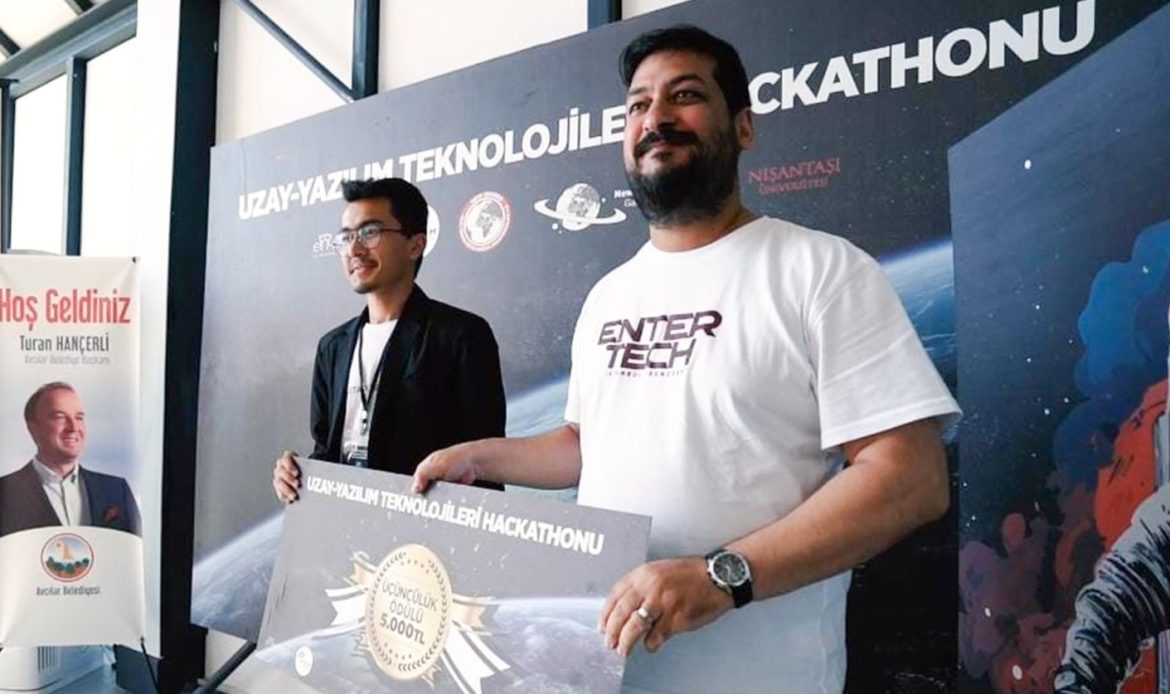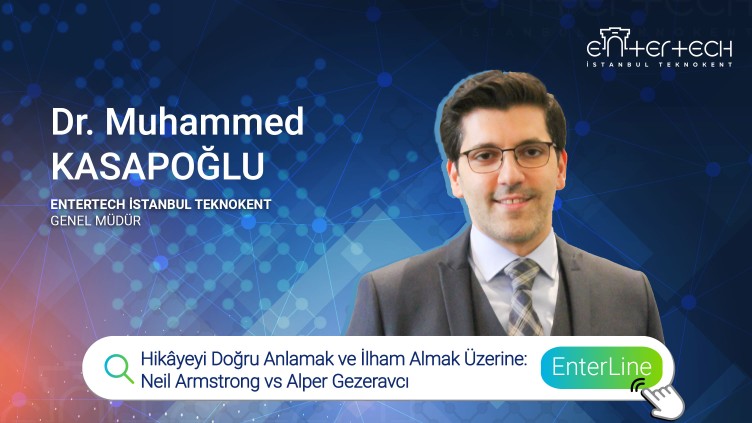On July 20, 1969, approximately 650 million people watched Neil Armstrong set foot on the Moon. This moment was etched into human history as one of the most unforgettable events and has been revisited countless times over the years. Armstrong’s words, “That’s one small step for [a] man, one giant leap for mankind,” created a significant impact not only in science and engineering but also culturally. Neil Armstrong and the second person on the Moon, Buzz Aldrin, shared their story with countless students at all levels, particularly in U.S. schools. The Moon landing story became a source of inspiration for a generation of scientists, engineers, and artists, shaping their vision. Culturally, the event has been commemorated through music like R.E.M.’s “Man on the Moon,” David Bowie’s “Space Oddity,” Elton John’s “Rocket Man,” as well as films, series, and animations.
One of the individuals inspired by Neil Armstrong was Elon Musk. Drawing inspiration from his “hero” Armstrong, Musk developed his vision in space exploration and technology, eventually creating significant projects like SpaceX. Many scientists and engineers shaped their careers by following this historic moment and its aftermath. For example, Chris Lee from the UK Space Agency, while watching the Moon landing in 1969, laid the foundation for his future career. At the time, he had a small telescope and kept a notebook documenting the Apollo missions. This inspiration guided him toward a career in space science.
A similar story is now being written in Turkey with Alper Gezeravcı and Tuva Cihangir Atasever. Turkey’s first astronauts continue to inspire younger generations. Gezeravcı’s space journey became a symbol of Turkey’s first steps in space research. Emphasizing the ongoing impact of this journey on young people, Gezeravcı said, “Our space journey was not a one-time whim or a single mission; it was the starting point of a story.” This story unfolds under the umbrella of the National Space Program of Turkey.
Turkey’s National Space Program aims to reduce the country’s dependency on foreign space technologies and to raise awareness about space among young people. It is a comprehensive program designed to coordinate Turkey’s space policies, strategies, goals, and projects efficiently. The program’s objectives include developing technologies and infrastructure in line with the country’s needs in space technologies, reducing external dependency, and leveraging space technologies as tools for national development. The program envisions establishing Turkey as an independent and strong presence in the space sector.
The stories of Neil Armstrong and Alper Gezeravcı demonstrate the importance of inspiration and taking bold steps. Such pioneers create broad impacts beyond their immediate fields, shaping the mindset of new generations and opening up new horizons. We see a similar effect in the world of entrepreneurship: entrepreneurs who take bold steps inspire others, enabling the emergence of new ideas and technology sectors.
Many technologies and inventions emerging from space research have found applications in various other industries:
- Teflon and Velcro: Materials developed for space research have become widely used in everyday life—Teflon in kitchenware and Velcro in clothing and accessories.
- Computed Tomography (CT): Imaging technologies used by NASA in space research have contributed to significant medical advancements. Today, CT scanners commonly used in hospitals are a product of this innovation.
- Water Purification Systems: Systems developed to meet astronauts’ water needs in space are now applied globally to address clean water access issues.
- LED Technology: LED lighting technology, initially used in space plant growth research, has been adapted as energy-efficient lighting solutions.
At Entertech İstanbul Teknokent, we aim to contribute to the development of entrepreneurs’ and aspiring entrepreneurs’ insights in this field. Between July 28–30, 2023, we organized a Space – Software Technologies Hackathon under the theme “Together to Space.” Eight teams interested in space-software technologies and ideation received training and mentorship on topics such as Project Concept and Writing, Innovation and Society 5.0, Artificial Intelligence, and Presentation Techniques. All projects showcased the broad and impressive visions of our young entrepreneurs.
For reference, here are the names of the top-ranked projects:
- StallerMate Project – AI-Based Personal Voice Assistant for Astronauts
- Eyeto Brain – AI-Assisted Preliminary Diagnosis System Using Human Eye Data
- Space Sentinel – Asteroid Monitoring and Early Warning System

- StallerMate Project – AI-Based Personal Voice Assistant for Astronauts

- Eyeto Brain – AI-Assisted Preliminary Diagnosis System Using Human Eye Data

- Space Sentinel – Asteroid Monitoring and Early Warning System
To support and inspire the vision of our young people and entrepreneurs, it is important to look at the history shaped under the National Space Program from the right perspective. Understanding how inspirational figures and their bold actions have opened up new visions across generations—and supporting that vision—is critical for the successful entrepreneurs and scientists of the future. Therefore, we must understand our stories correctly and continue to inspire.
